Idrw Team
SOURCE: IDRW.ORG TEAM


In a remarkable operation last night, an IAF aircraft, an Airbus A321 with its distinctive Air India livery, carried out a life-saving mission in coordination with a team from Army Hospital R&R. The mission’s objective: to swiftly transport a vital liver organ from Goa Medical College to Delhi, where it was urgently needed for a critical transplant. Thanks to the swift and efficient operation, the soldier’s life was saved.
It’s worth noting that the Airbus A321 aircraft in question was formerly part of Air India’s fleet and still bears its original livery. The Indian Air Force (IAF) has acquired a total of six Airbus A321 aircraft from Air India for a unique purpose. These aircraft are slated for conversion into the Netra MkII Airborne Early Warning and Control System (AEW&CS) platform.
Continue readingSOURCE: IDRW.ORG TEAM
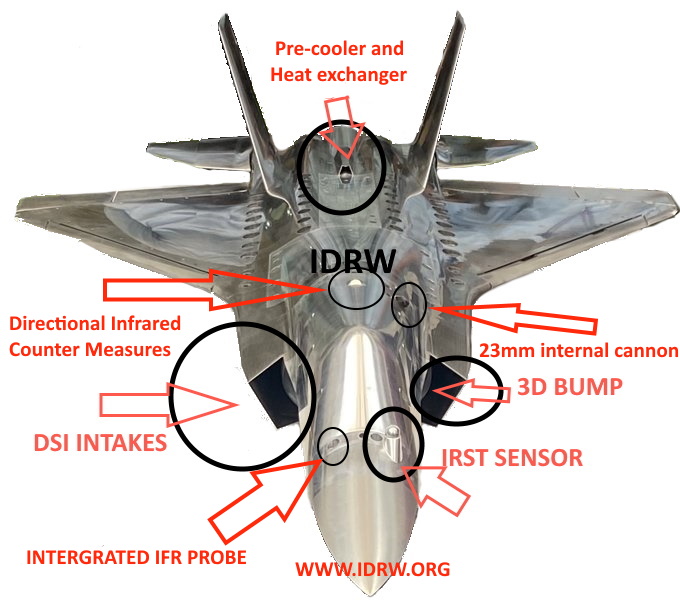

In a significant stride towards the development of India’s indigenous Advanced Medium Combat Aircraft (AMCA), a private sector company has been awarded a contract to manufacture a full-scale model (1:1) for stealth measurements. This milestone marks a crucial phase in the AMCA program’s progress, especially as the final configuration for the aircraft has largely been frozen following the successful completion of the Preliminary Design Review (PDR) in December 2022.
The AMCA program, which has been eagerly anticipated, is currently awaiting clearance from the Cabinet Committee on Security (CCS). However, activities related to the manufacturing of the first prototypes by 2026 are already in motion. This proactive approach underlines India’s commitment to advancing its indigenous defense capabilities.
Continue readingSOURCE: IDRW.ORG TEAM


In a significant stride towards enhancing naval innovation and indigenization, TSC Technologies Pvt Ltd took the spotlight at the inaugural ‘Swavlamban’ seminar hosted by the Naval Innovation and Indigenisation Organisation (NIIO). The star of the show was their groundbreaking Portable RCS Measuring Device, a technology poised to revolutionize Radar Cross Section (RCS) measurement capabilities in the maritime domain.
Radar Cross Section measurement of ships plays a pivotal role in devising effective defensive strategies and doctrines. Understanding the RCS of a ship is essential for various operational considerations, including the deployment of countermeasures such as chaff rockets. The accuracy of these measurements directly impacts the success of soft kill measures against anti-missile defenses.
Continue readingSOURCE: IDRW.ORG TEAM


The Indian Navy is all set to host the 2nd Edition of the Naval Innovation and Indigenisation Organisation (NIIO) Seminar, scheduled for October 4th and 5th, 2023. This event promises to be a platform for groundbreaking innovations and technological advancements within the naval sphere. Among the many innovative technologies to be showcased, one standout is the Monolithic Lens developed by EON Space Labs. This remarkable piece of tech offers unparalleled magnification capabilities with virtually no added weight penalty, presenting a game-changing solution for naval applications.
EON Space Labs, a pioneering force in the field of optics and imaging, is set to introduce its Monolithic Lens at the NIIO Seminar. This cutting-edge technology represents a significant leap forward in optical magnification capabilities, catering to the unique needs of the Indian Navy.
Continue readingSOURCE: IDRW.ORG TEAM


The Nigerian Air Force (NAF) is set to embark on an evaluation mission for the Prachand, an Indian multi-role light attack helicopter developed by the Hindustan Aeronautics Limited (HAL). This move comes as part of Nigeria’s efforts to bolster its defense capabilities and explore cost-effective options for its military fleet. The demonstration of the Light Combat Helicopter (LCH)-Prachand during the G20 summit in India has piqued NAF’s interest, prompting further testing and assessment.
The Light Combat Helicopter (LCH)-Prachand is a versatile and agile rotorcraft designed and manufactured by HAL. It serves as a potent platform for various military operations, including close air support, anti-tank warfare, reconnaissance, and troop transport. Key features of the LCH-Prachand include its maneuverability, firepower, and adaptability to diverse combat scenarios.
Continue readingSOURCE: IDRW.ORG TEAM
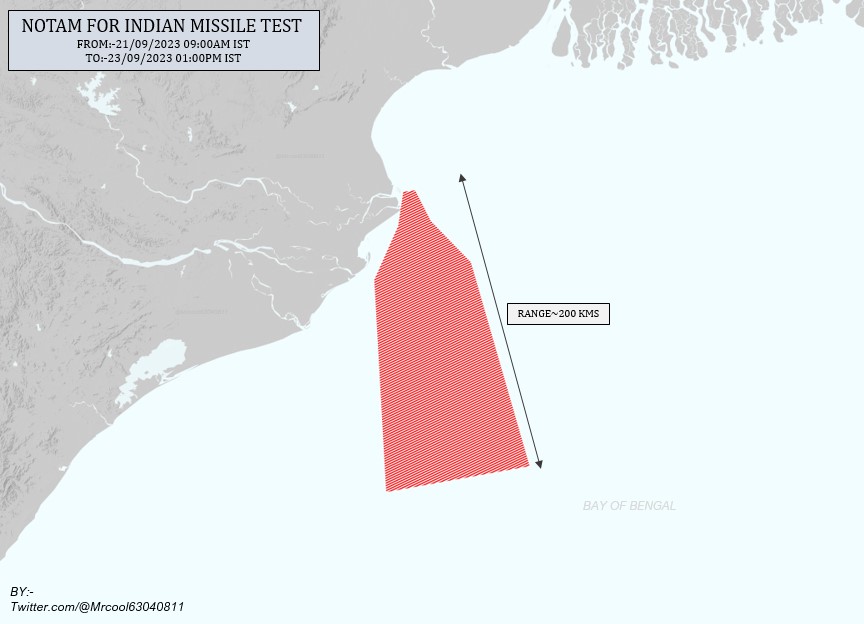

India’s Defense Research and Development Organization (DRDO) has issued a Notice to Airmen (NOTAM) for an upcoming missile test, scheduled for the period from September 21, 2023, to September 23, 2023. While the specific details of the missile test remain undisclosed in the NOTAM.
A Notice to Airmen (NOTAM) is a formal communication used in aviation to disseminate information about events or developments that could affect flight safety. In this case, the NOTAM issued by DRDO designates a missile test area covering a radius of 200 kilometers, indicating a substantial testing zone.
Continue readingSOURCE: IDRW.ORG TEAM


In a significant development earlier this year, India’s Defence Acquisition Council (DAC), under the leadership of Defence Minister Rajnath Singh, approved the procurement of Mounted Gun Systems (MGS) for the Indian Army. This critical acquisition, sanctioned under the ‘Buy (Indian)’ category, includes the procurement of 155mm/52 caliber MGS. The Ministry of Defence (MoD) specified key criteria for the system, including a maximum weight of 30 tonnes, a firing range exceeding 38 kilometers, and compatibility with all in-service 155mm ammunition.
Two prominent Indian defense companies have entered the competition to provide the Mounted Gun Systems. Bharat Heavy Electricals Limited (BHEL) has put forth its 155mm/52 Caliber Mounted Gun System based on the Dhanush Artillery Gun. Additionally, Kalyani Group has developed a 155mm/52 Caliber Mounted Gun System rooted in the Advanced Towed Artillery Gun System (ATAGS). Both offerings are set to undergo rigorous evaluation by the Indian Army, which will ultimately determine the selected system.
Continue readingSOURCE: IDRW.ORG TEAM


In a strategic move aimed at bolstering India’s naval capabilities and reducing dependency on foreign suppliers, both state-owned enterprise Bharat Heavy Electricals Limited (BHEL) and the private sector giant Bharat Forge, in collaboration with the Indian Navy, are working on the development of indigenous Marine Gas Turbines (MGT).
This ambitious initiative seeks to localize the production of marine gas turbines, a critical component used to power Indian Naval warships. The primary objective is to mitigate reliance on foreign suppliers, particularly Ukraine and Russia, which have historically provided these turbines to the Indian Navy.
Continue readingSOURCE: IDRW.ORG TEAM


India is set to bolster its aerial surveillance capabilities by procuring three Bombardier Global 6000 private jets for conversion into advanced Intelligence, Surveillance, Targeting Acquisition, and Reconnaissance (ISTAR) platforms. These jets will be equipped with state-of-the-art sensor packages developed by India’s Defense Research and Development Organization (DRDO) to enhance the Indian Air Force’s (IAF) reconnaissance capabilities.
DRDO’s Center for Airborne Systems (CABS) laboratory will play a pivotal role in developing the sensors for these ISTAR platforms. The sensor package will include a Multispectral (EO-IR) Long-Range Oblique Photography (LOROP) sensor, a geo-spatial intelligence processing and exploitation suite, high data-rate line-of-sight (LOS) and Satcom data-links, an onboard mission communications suite, and artificial intelligence/machine learning (AI/ML) capabilities for image intelligence, automatic target recognition, change detection, and a Common Operational Picture (COP).
Continue readingSOURCE: IDRW.ORG TEAM
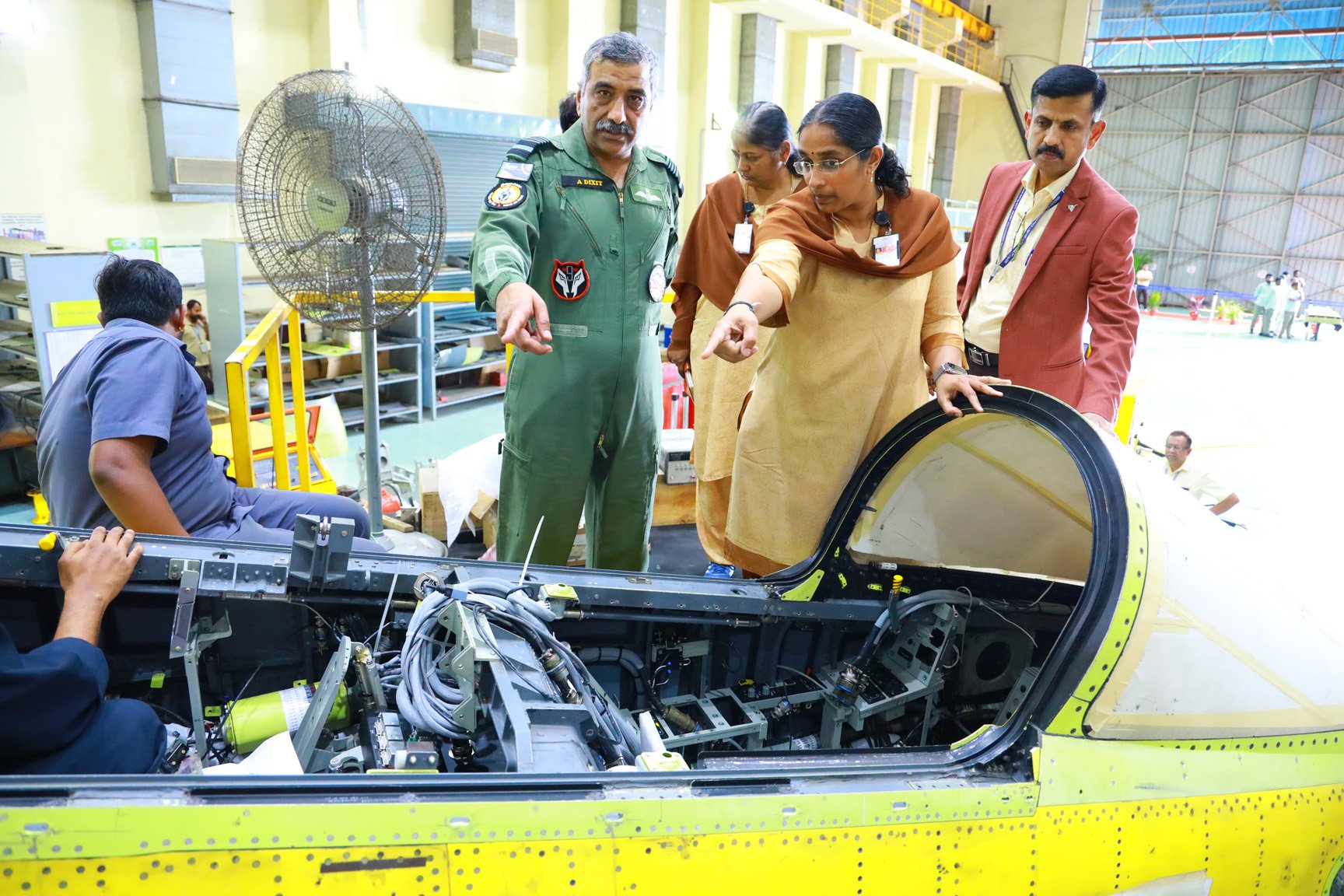

The Hindustan Aeronautics Limited (HAL) is making significant strides in the manufacturing of Light Combat Aircraft (LCA) Tejas trainer aircraft, These advanced trainer aircraft play a pivotal role in training the next generation of fighter pilots and enhancing the nation’s defense capabilities.
A significant milestone was achieved when LT 5201, the first-ever series production standard LCA Trainer, successfully completed its maiden flight on April 5th, 2023. HAL has completed the work on LT 5202, and a test flight is on the horizon.
Continue readingSOURCE: IDRW.ORG TEAM


The eagerly awaited 2nd edition of the Swavlamban seminar is set to showcase significant progress and remarkable achievements in niche technologies that are instrumental in reinforcing India’s self-reliance in the defence sector. With a specific focus on groundbreaking technologies like Carbon Nano Tubes and Aerogel-based fabrics, this seminar underscores the nation’s commitment to innovation and indigenous manufacturing. Let’s delve into the key highlights and objectives of this prestigious event.
Aatmanirbhar Bharat, India’s vision for self-reliance, particularly in the defence sector, is taking center stage at the Swavlamban Seminar 2023. This initiative aims to reduce dependency on foreign technology and promote the development and adoption of homegrown innovations. The event exemplifies India’s relentless pursuit of self-reliance and technological advancement in defence.
Continue readingSOURCE: IDRW.ORG TEAM
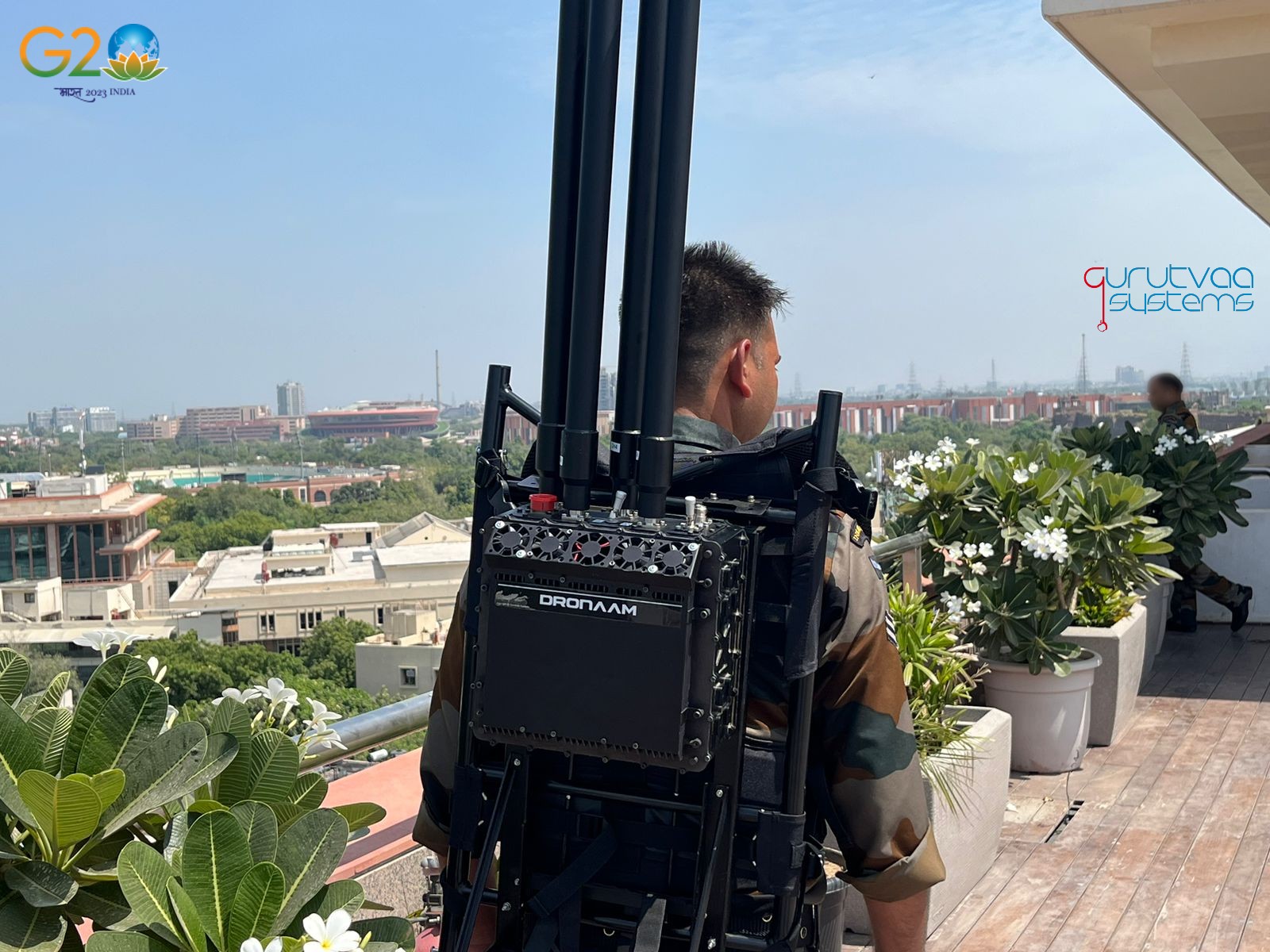

During the recent G20 summit, security measures were bolstered by the deployment of India’s indigenous counter-unmanned aerial system (C-UAS) known as Dronaam. Developed by the Indian private sector company Gurutvaa Systems, Dronaam played a vital role in providing security cover against rogue drones. This state-of-the-art system is designed to disrupt the navigation and radio frequencies of unauthorized unmanned aerial vehicles (UAVs), ensuring the safety of high-profile events and critical installations.
Dronaam, developed by Gurutvaa Systems, is a cutting-edge modular C-UAS designed to offer foolproof protection against illegal unmanned aerial systems (UAS). It is a versatile system that can provide directional or omni-directional coverage, making it suitable for various security scenarios. The system can be configured as a fully integrated rifle-style device or a portable countermeasure in a backpack configuration. It is equally effective in fixed installations, where it can be mounted on moving or stationary platforms, offering the option of directional or omni-directional coverage.
Continue readingSOURCE: IDRW.ORG TEAM


India and the United States are on the verge of finalizing a groundbreaking deal for the transfer of technology (ToT) for the F414-GE-400 turbofan engines, which will be manufactured in India. The US Congress has granted approval for the deal, with no objections from its members, clearing the path for negotiations on pricing before the agreement is officially signed.
The F414-GE-400 turbofan engine, when produced by General Electric (GE) in its facilities, has an average cost of approximately $3.71 million per unit. However, even with domestic production in India, the price is expected to remain below the $4 million per unit mark. This cost-efficiency is attributed to the large order size and the involvement of numerous private sector companies in local engine manufacturing.
Continue readingSOURCE: IDRW.ORG TEAM

On September 7, 2023, Bharatiya Janata Party (BJP) Rajya Sabha member G.V.L. Narasimha Rao paid a visit to Hindustan Shipyard Limited (HSL) for discussions with its Chairman and Managing Director (CMD), Cmde Hemant Khatri (retired). During their meeting, the backdrop featured the ongoing development of the second Diving Support Vessel (DSV) named “Nipun,” being constructed at Hindustan Shipyard Ltd, Visakhapatnam. This visit comes a year after the launch of the first DSV, “Nistar,” on September 22, 2022, in Visakhapatnam.
The Diving Support Vessels, “Nistar” and “Nipun,” are equipped with a comprehensive array of complex Diving Support systems and a Deep Submergence Rescue Vessel (DSRV). These vessels are designed to be deployed for deep-sea diving and submarine rescue operations, making them a critical asset for the Indian Navy. Additionally, they possess the capability to conduct Search and Rescue operations and facilitate Helicopter Operations at sea.
Continue readingSOURCE: IDRW.ORG TEAM
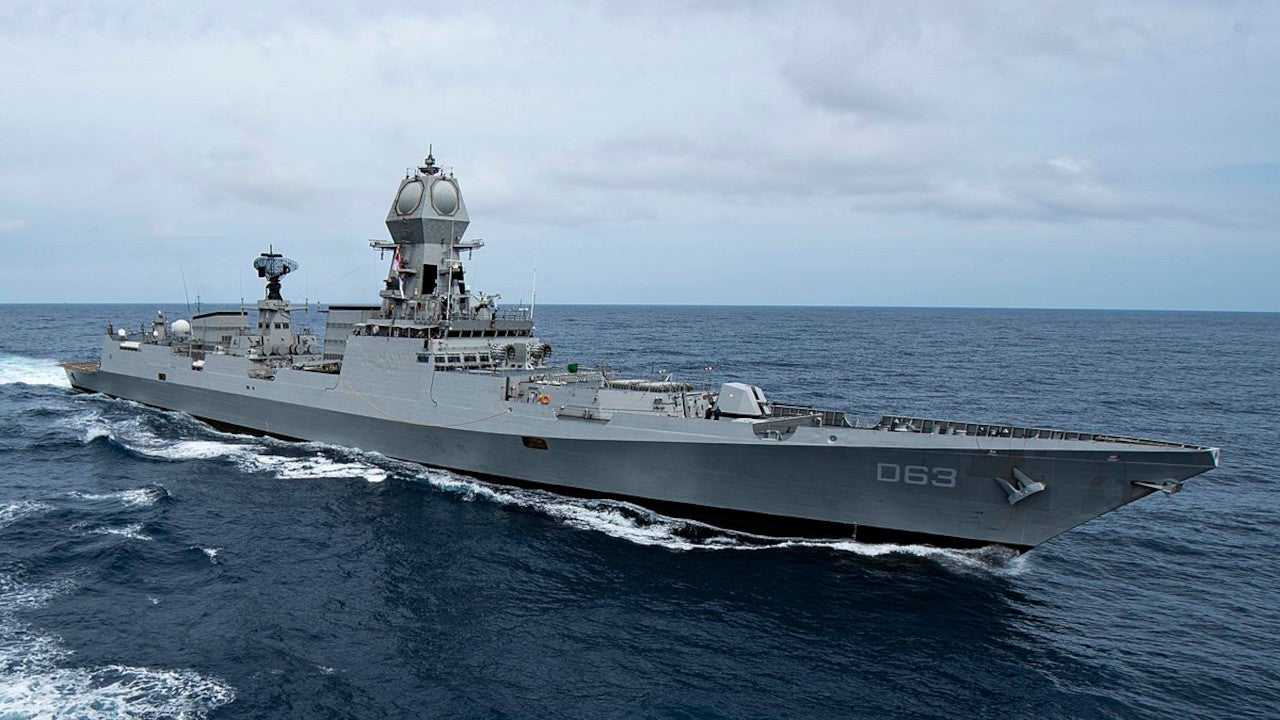

The Indian Navy is charting a course into the future by embracing Artificial Intelligence (AI) technology to enhance its ship systems, command and control infrastructure, and decision-making capabilities. AI has been recognized as a transformative force in naval operations worldwide, with the United States Navy’s Naval Research Laboratory establishing the Navy Center for Applied Research in Artificial Intelligence in 1981. The Indian Navy is now following suit, recognizing the immense potential of AI and Machine Learning (AI/ML) applications in modern naval warfare.
The integration of AI technologies into naval operations is centered around two primary areas: autonomous/unmanned systems and decision sciences. These technologies hold the promise of revolutionizing the way navies conduct missions, respond to threats, and enhance situational awareness.
Continue reading